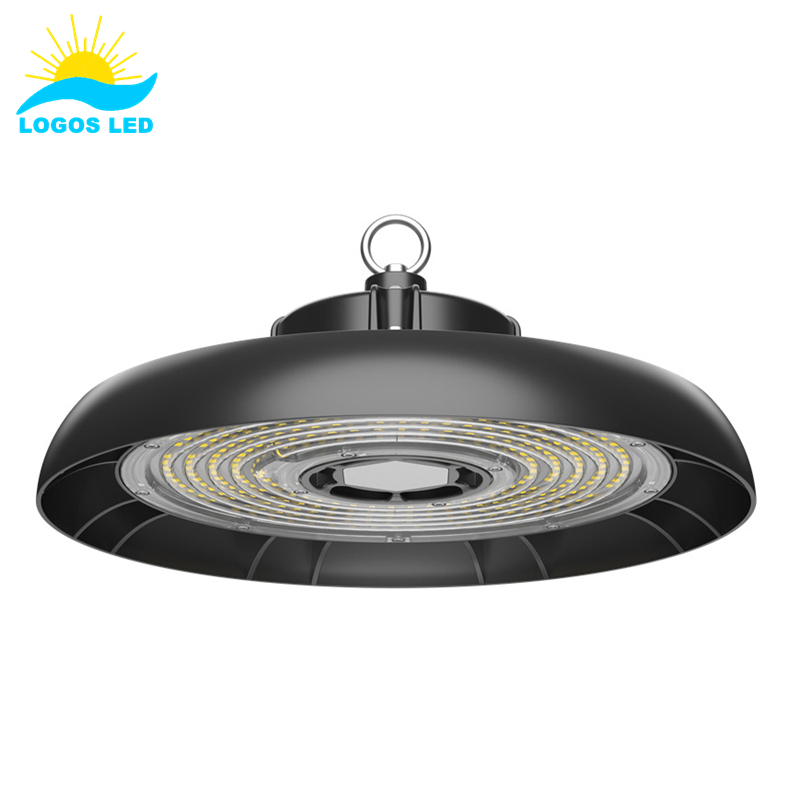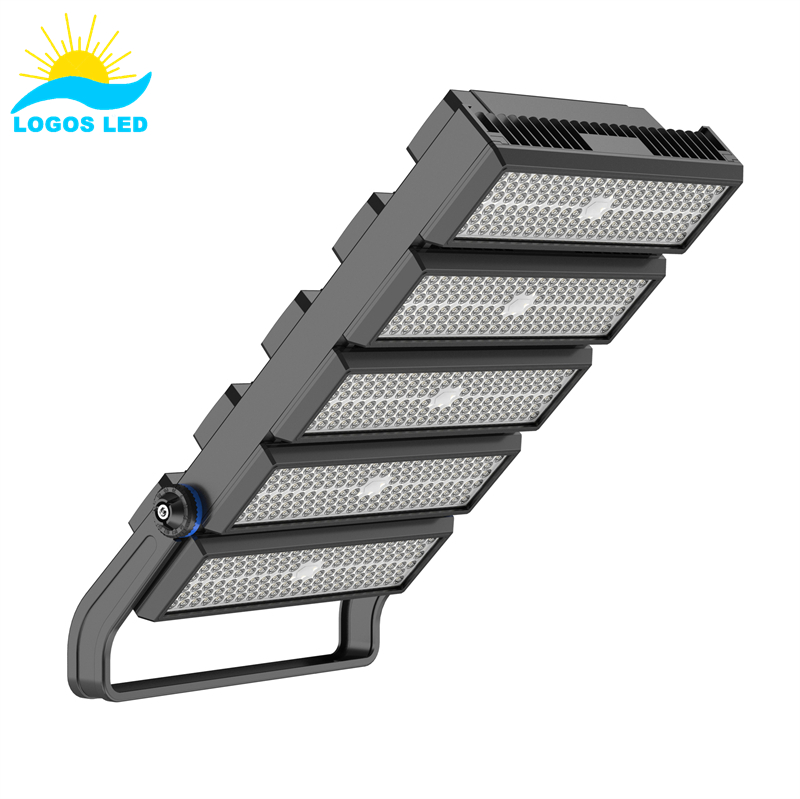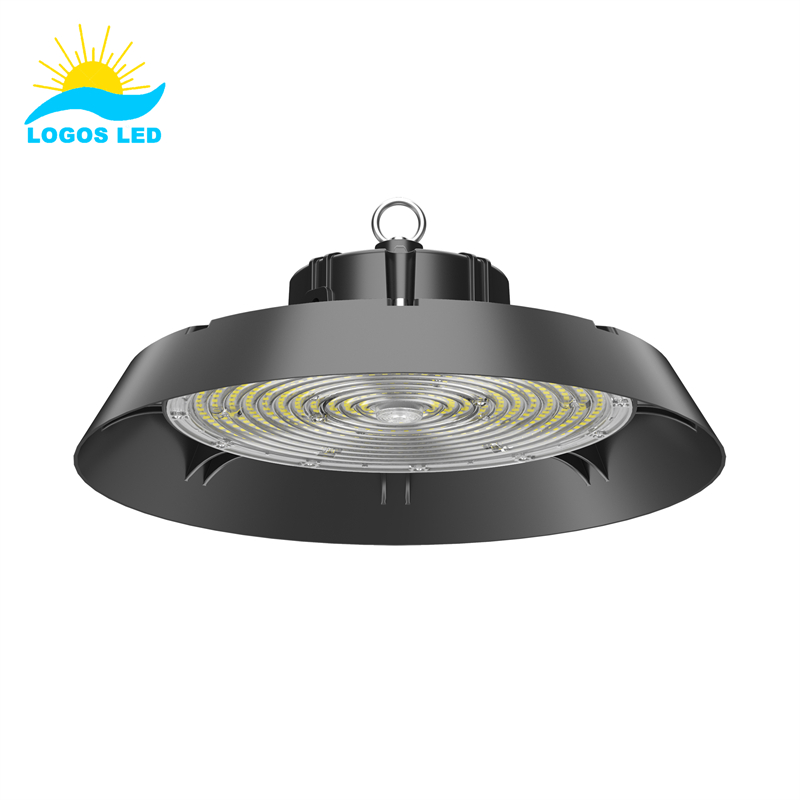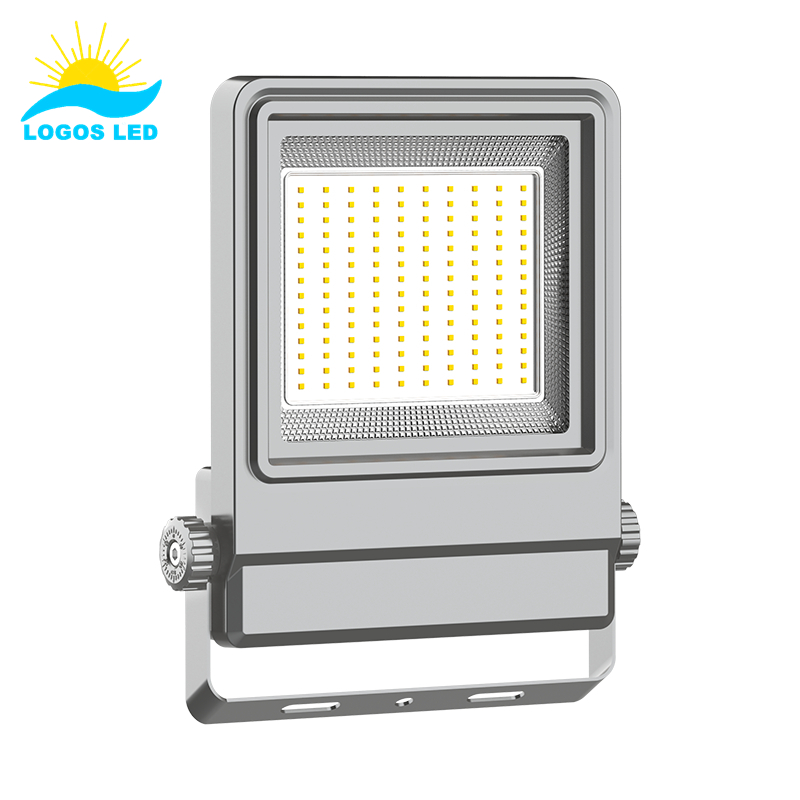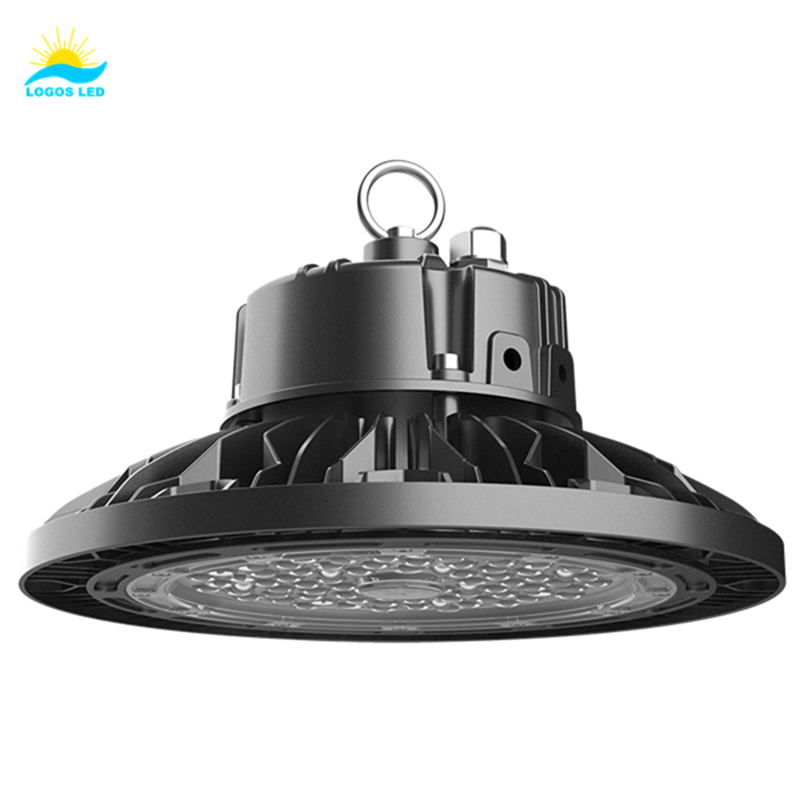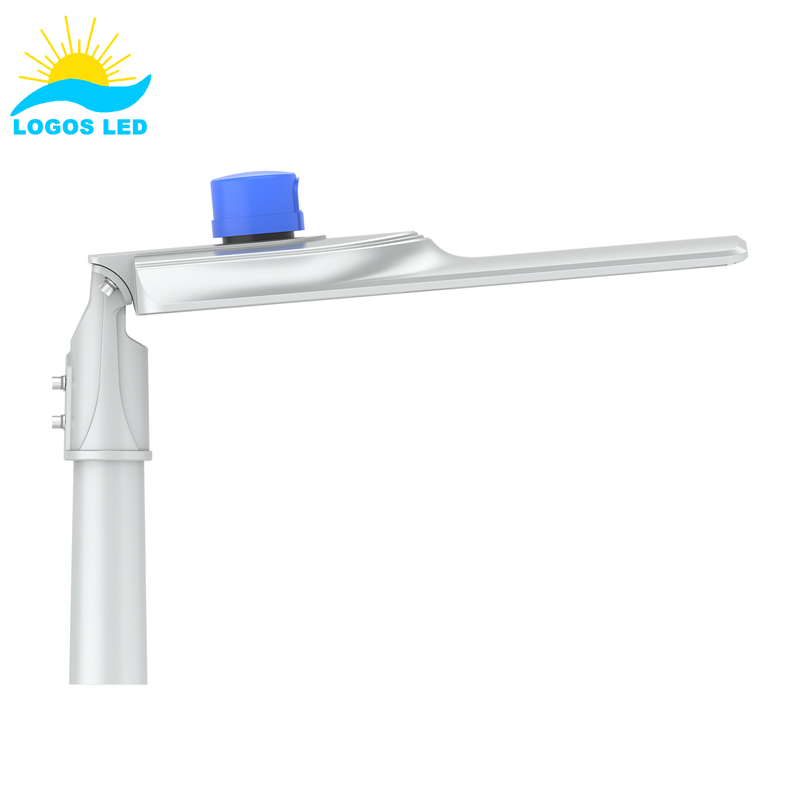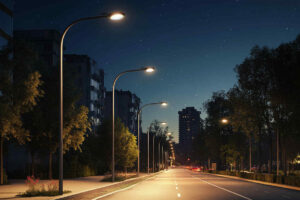Poor outdoor lighting isn’t just an inconvenience—it’s a security risk, an energy drain, and a compliance headache. Get it wrong, and you’ll either end up with lighting that’s too dim to be useful or so bright it wastes electricity and creates glare. The key to getting it right? A well-planned lighting calculation that ensures efficiency, compliance, and the perfect level of illumination.
Outdoor lighting calculation determines the required illuminance (lux) based on the area, purpose, and lighting standards. The process involves choosing the right fixtures, calculating the number of lights needed, and ensuring even light distribution. Key factors include lumens per watt, fixture spacing, and beam angles. When done correctly, lighting calculations improve safety, maximize energy efficiency, and ensure compliance with regulations.
Want the best lighting calculation? Let’s break down the key principles and methods to make sure your outdoor lighting hits the mark.
Table of Contents
Why Lighting Calculation Matters
Getting outdoor lighting calculations right is about more than just brightness. It ensures:
- Energy Efficiency – Cuts down on power consumption and lowers electricity bills.
- Safety and Visibility – Provides clear, well-lit environments for pedestrians and drivers.
- Regulatory Compliance – Meets minimum lux levels for roads, parking lots, and sports fields.
- Cost Reduction – Avoids unnecessary fixtures and optimizes placement.
- Environmental Sustainability – Reduces light pollution and minimizes carbon emissions.
What Is the Formula for Lighting Calculation?
The lumen method is the go-to formula for calculating how much light a space needs:
E = (N × F × UF × MF) / A
Where:
- E = Illuminance (lux)
- N = Number of luminaires
- F = Luminous flux per luminaire (lumens)
- UF = Utilization factor
- MF = Maintenance factor
- A = Area to be illuminated (square meters)
For complex outdoor lighting setups, lighting design software can simplify the process.
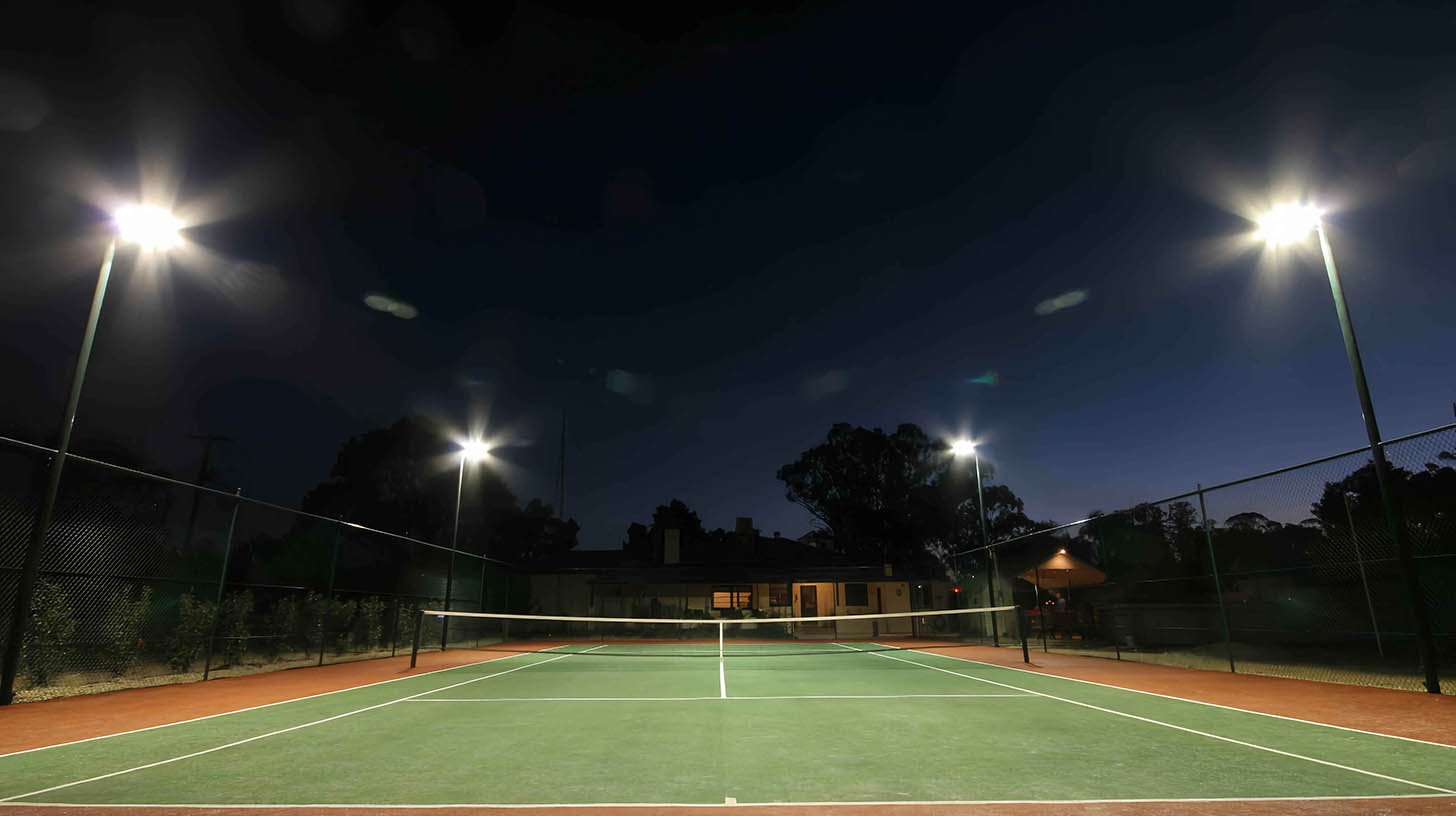
Lighting Simulation for Different Outdoor Applications
Street Lighting Calculation
Proper street lighting keeps roads safe, minimizes energy waste, and enhances visibility for both pedestrians and drivers.
Steps for Street Lighting Design
- Classify the Road Type – Identify whether it’s a highway, urban street, or residential road.
- Follow Lighting Standards – Use guidelines from IESNA, CIE, or local government regulations.
- Determine Required Lux Levels – Different road types need different brightness levels.
- Select Light Distribution – Choose the correct IESNA light pattern for the road width.
- Optimize Pole Placement – Adjust pole spacing, height, and overhang for uniform lighting.
- Choose the Right Fixtures – Pick LED street lights with appropriate wattage and beam angles.
- Run Simulations – Use software like DIALux, AGi32, or Relux for photometric analysis.
- Ensure Uniformity & Glare Control – Reduce bright spots and shadows for safer roads.
- Maximize Energy Efficiency – Add dimming controls or motion sensors for energy savings.
- Finalize the Installation Plan – Create a blueprint for the lighting setup.
Sports Lighting Calculation
Sports facilities need precise lighting to ensure players, referees, and spectators all have clear visibility while minimizing glare.
Steps for Sports Lighting Design
- Identify the Sport & Class – Recreational, amateur, or professional games have different lighting needs.
- Set the Correct Lux Levels – Follow IESNA sports lighting guidelines for brightness.
- Determine Pole Height & Placement – Ensure even coverage and minimize shadows.
- Choose the Right Beam Angles – Use LED sports lights with optimized optics.
- Control Glare & Light Spill – Use shielding and proper aiming techniques.
- Simulate Using Software – Validate performance with DIALux or AGi32.
- Ensure Uniformity & Flicker-Free Lighting – High CRI and flicker-free technology are essential for televised games.
- Implement Smart Controls – Use dimming and scheduling to save energy.
- Review Photometric Reports – Confirm lux levels and uniformity ratios.
- Complete the Final Installation Plan – Ensure all requirements are met.
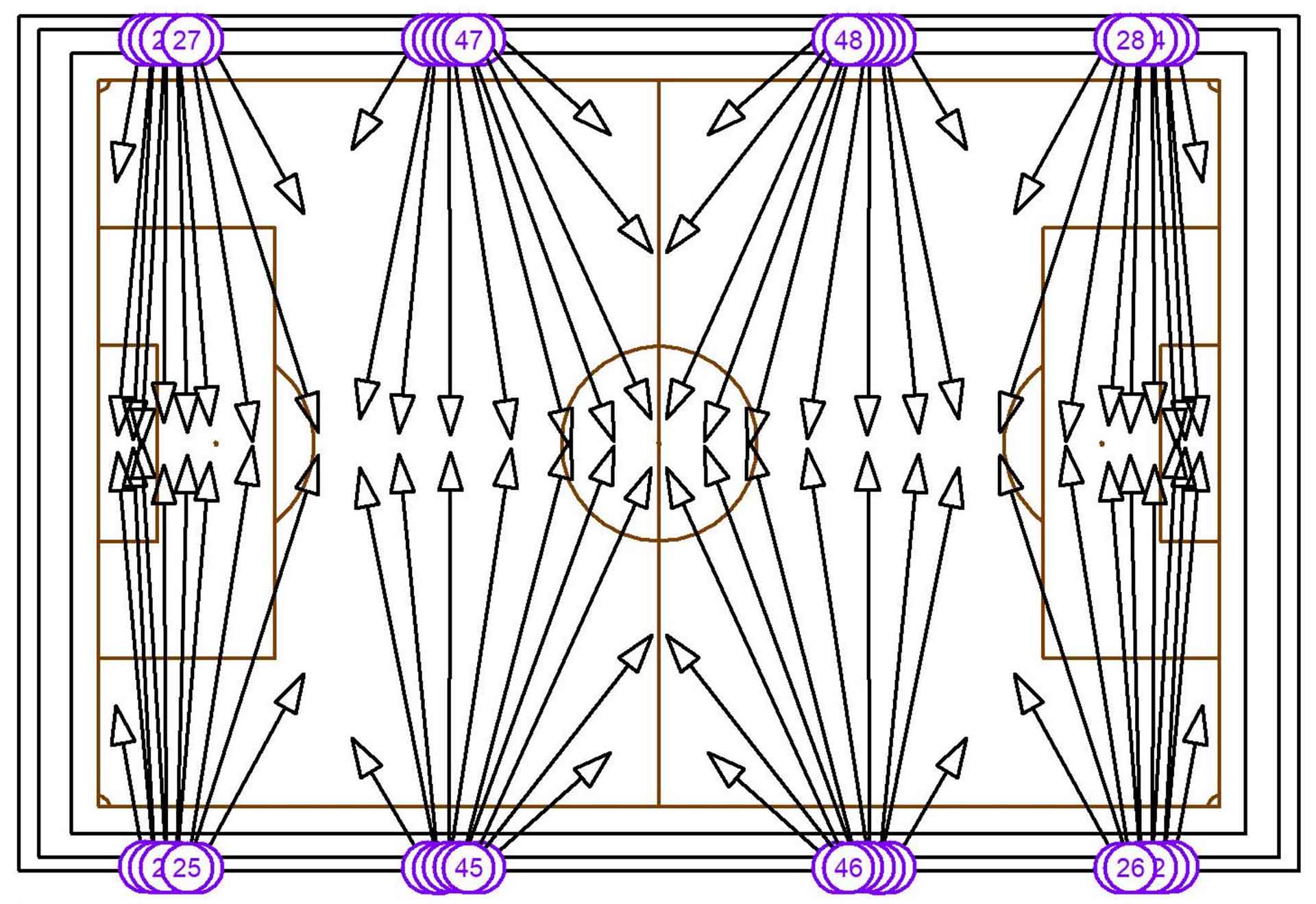
Parking Lot Lighting Calculation
A well-lit parking lot enhances security and visibility while optimizing energy use.
Steps for Parking Lot Lighting Design
- Define the Parking Area Type – Open lots, multi-level garages, or covered parking all have different needs.
- Set Required Light Levels – Follow IES RP-20 standards for parking lots.
- Optimize Pole Height & Spacing – Balance height and distance for even coverage.
- Choose the Right LED Fixtures – Use Type III, IV, or V optics for broad, uniform lighting.
- Reduce Glare & Light Pollution – Use cutoff optics to minimize unnecessary brightness.
- Run a Lighting Simulation – Use DIALux or Relux to fine-tune placement.
- Incorporate Motion Sensors & Dimming – Reduce energy use when the lot isn’t busy.
- Check for Compliance – Ensure the setup meets local codes and regulations.
- Ensure Uniform Coverage – No dark spots means better safety and security.
- Finalize the Installation Plan – Get everything ready for setup.
Exterior Lighting Calculation
Exterior lighting covers building facades, landscapes, walkways, and general outdoor illumination—balancing aesthetics and functionality.
Steps for Exterior Lighting Design
- Define the Application – Is it for facades, gardens, pathways, or signage?
- Set the Required Lux Levels – Match brightness to the intended use.
- Choose the Right Fixtures – Floodlights, wall washers, bollards, or ground lights.
- Optimize Mounting & Angles – Adjust positions for the best effect.
- Minimize Light Spill & Glare – Use shields or directed optics.
- Run a Lighting Simulation – Ensure coverage is even and effective.
- Add Smart Controls – Use timers, dimmers, and motion sensors to reduce energy use.
- Ensure Weather Protection – Choose IP-rated fixtures to withstand outdoor conditions.
- Validate Photometric Reports – Make sure the lighting meets all requirements.
- Finalize the Installation Plan – Prepare fixture placement and cabling routes.
By following these steps, you’ll get an energy-efficient, compliant, and high-performance outdoor lighting setup.
What Are the Lighting Standards for Sports Fields?
Different sports require specific lighting levels to ensure visibility, safety, and compliance with regulations. Here’s a breakdown of the recommended illuminance for various sports fields:
- Football/Soccer Fields: 200–1500 lux, depending on whether it’s a training ground or a professional competition venue.
- Tennis Courts: 300–750 lux, ensuring clear visibility of fast-moving balls.
- Basketball Courts: 200–750 lux, providing consistent illumination across the playing area.
- Baseball Fields: 500–1500 lux, with extra focus on infield areas where players need the highest visibility.
Using a lighting simulation tool or a lighting layout calculator helps ensure compliance with these standards and maximizes efficiency.
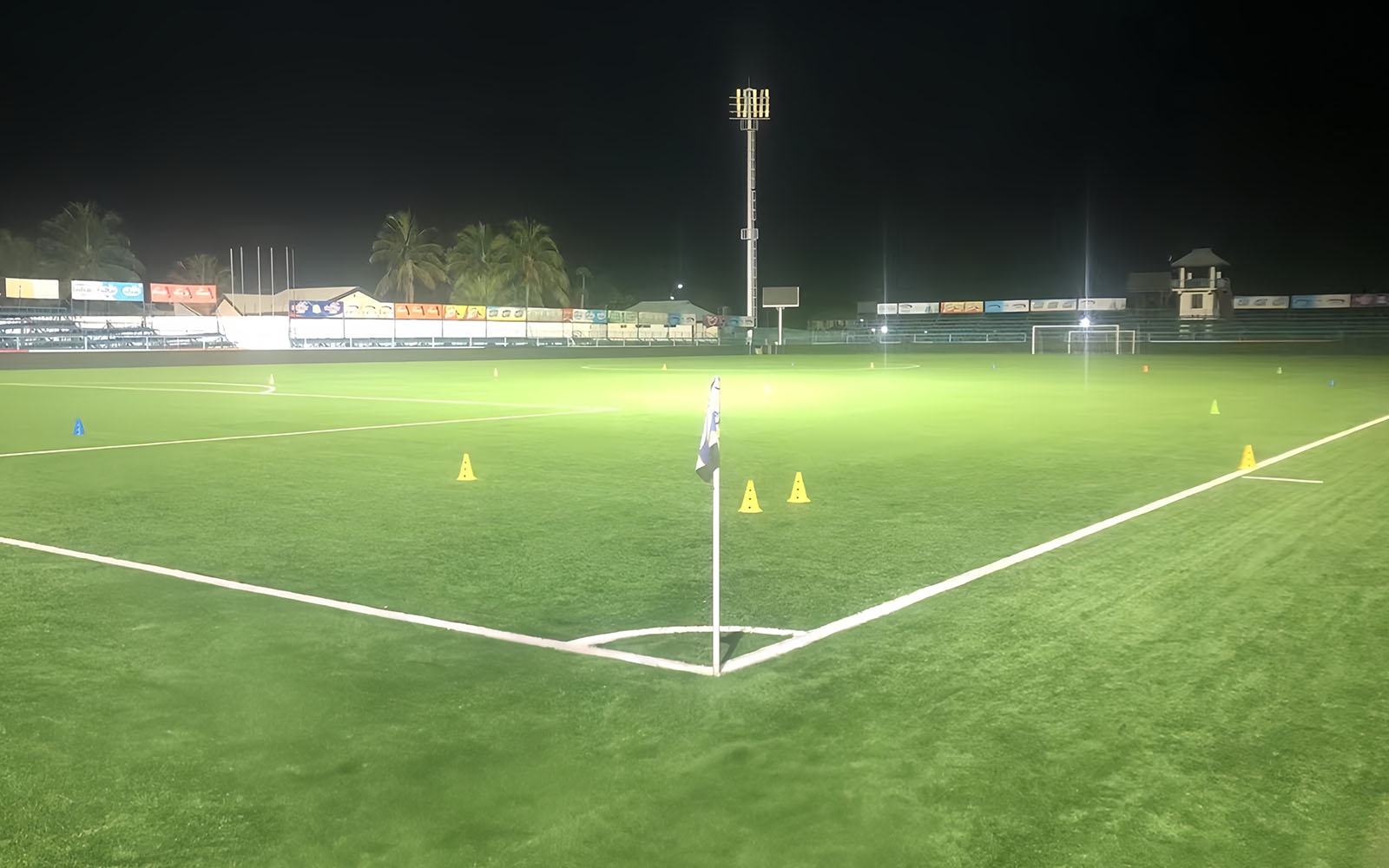
How Do You Determine Lighting Requirements?
Figuring out how much light a space needs involves a few key steps:
- Define the Area and Purpose – Is it a street, parking lot, sports field, or general outdoor space?
- Determine Required Lux Levels – Refer to minimum lux levels for street lighting and other industry standards.
- Use the Lumen Method – Apply the lighting calculation formula to estimate fixture count and placement.
- Run a Lighting Simulation – Use tools like DIALux or Relux for accurate results.
- Optimize for Energy Efficiency – Adjust beam angles, fixture wattage, and mounting positions for the best results.
What Is the Difference Between Foot-Candles (FC) and Lux in Lighting?
- Foot-candles (FC) measure light intensity in lumens per square foot.
- Lux measures lumens per square meter.
1 FC = 10.764 lux.
Which Is the Best Tool for Lighting Calculation?
Several tools make it easier to calculate outdoor lighting requirements:
- DIALux – The most widely used tool for professional outdoor lighting simulations.
- Relux – Great for street lighting, sports lighting, and exterior lighting projects.
- Excel Spreadsheets – Useful for manual street lighting design calculations using standard formulas.
- Online Calculators – Fast and simple lighting layout calculators for quick estimates.
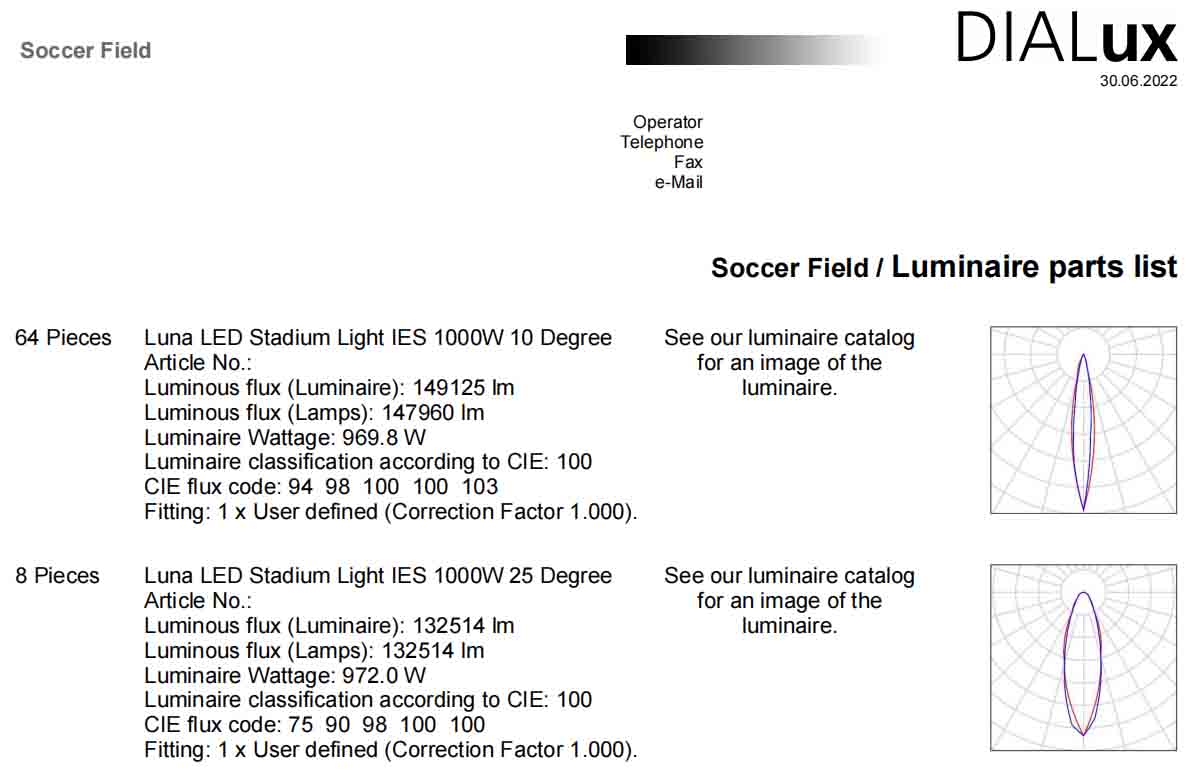
Logos Lighting LED Lights with Support for Lighting Simulation
At Logos Lighting, we know that accurate lighting calculations make all the difference in street lighting, sports lighting, parking lots, and exterior architectural lighting. Our LED lighting solutions are engineered to meet strict industry standards while delivering top-notch energy efficiency, uniformity, and performance.
Why Choose Logos Lighting for Lighting Simulation?
- Advanced Photometric Data – Our LED lights come with complete IES, LDT, and photometric files, making it easy to create accurate lighting simulations in DIALux, AGi32, and Relux.
- Optimized Optics – We offer a wide selection of beam angles and IESNA light distributions (Type I, II, III, IV, V) to suit different outdoor lighting applications.
- High-Efficiency LED Chips – Our fixtures use premium LEDs from Lumileds, Osram, and Seoul, delivering high lumens per watt for maximum energy savings.
- Reliable LED Drivers – Equipped with Meanwell, Philips, Osram, and TCI drivers, our lights offer stable, long-lasting performance.
- Customizable Configurations – We tailor color temperature, wattage, and optics to match your project’s exact needs.
- Smart Control Compatibility – Our LED fixtures support DALI, 0-10V dimming, motion sensors, and intelligent lighting systems for adaptive energy-saving solutions.
- Weatherproof and Durable – With IP65-IP67 waterproof ratings and robust aluminum housings, our lights are built to withstand tough outdoor conditions.
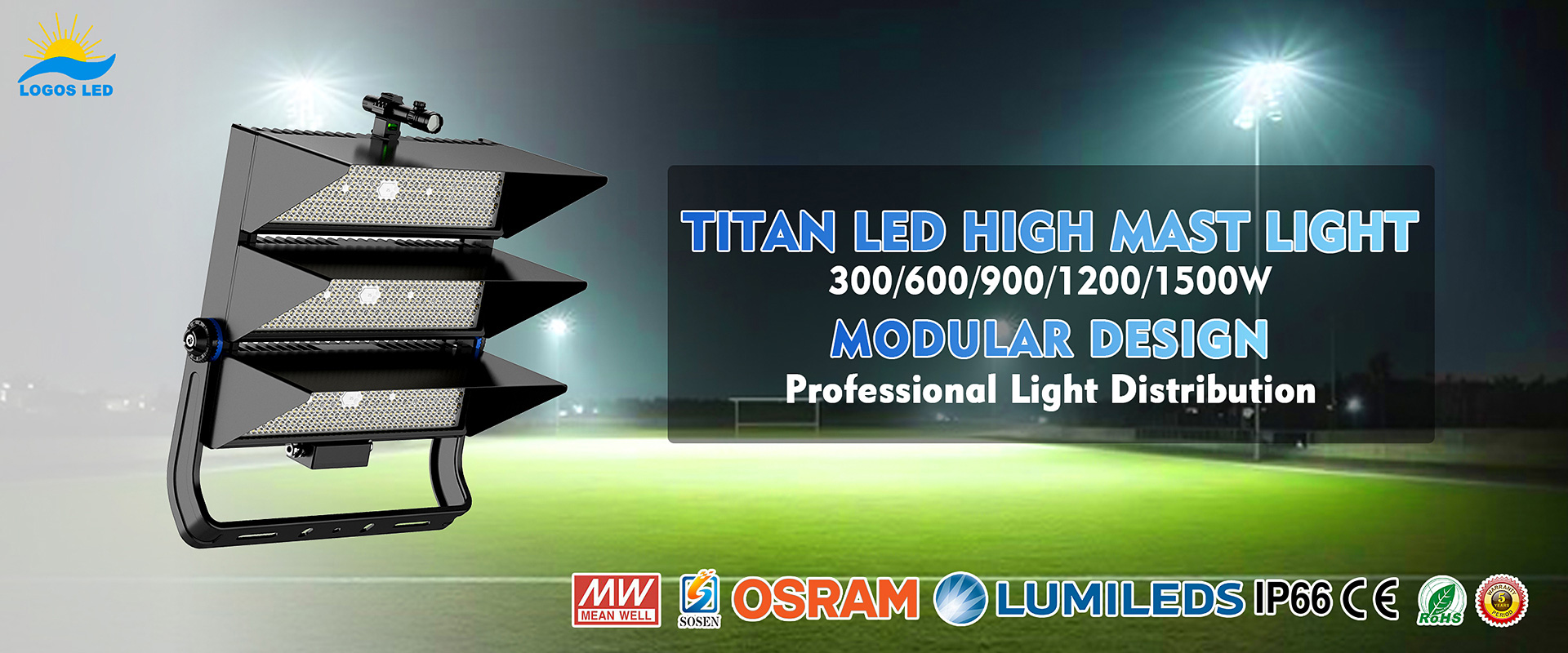
Lighting Simulation Applications with Logos Lighting
We help customers design precise, compliant, and energy-efficient lighting solutions for a wide range of outdoor applications.
1. Street Lighting Design Simulation
- Provide photometric data for roadway and urban lighting.
- Optimize pole height, fixture spacing, and light distribution for maximum uniformity.
- Support adaptive dimming and smart lighting controls for extra energy savings.
2. Sports Lighting Simulation
- High-power LED floodlights and high mast lights for stadiums and arenas.
- Precision aiming and glare control techniques for better visibility and player performance.
- Support for TV broadcasting with flicker-free performance.
3. Parking Lot Lighting Calculation
- Optimize luminaire layout and pole height for even illumination.
- Minimize shadows and dark spots to improve security.
- Offer motion sensor and dimming options to cut energy costs.
4. Exterior Architectural and Landscape Lighting
- Provide lighting simulations for facades, pathways, and landscape features.
- Offer RGB/W color-changing solutions for decorative applications.
- Implement light pollution control measures to minimize skyglow.
How Logos Lighting Supports Your Lighting Projects
- Free IES/LDT Files – We provide complete photometric files for all our LED products.
- Technical Assistance – Our experts help with DIALux and AGi32 simulations to refine your lighting design.
- Custom LED Solutions – We tailor our lighting products to match your exact project requirements.
- Fast & Professional Support – Quick response times for wholesalers, contractors, and lighting designers.
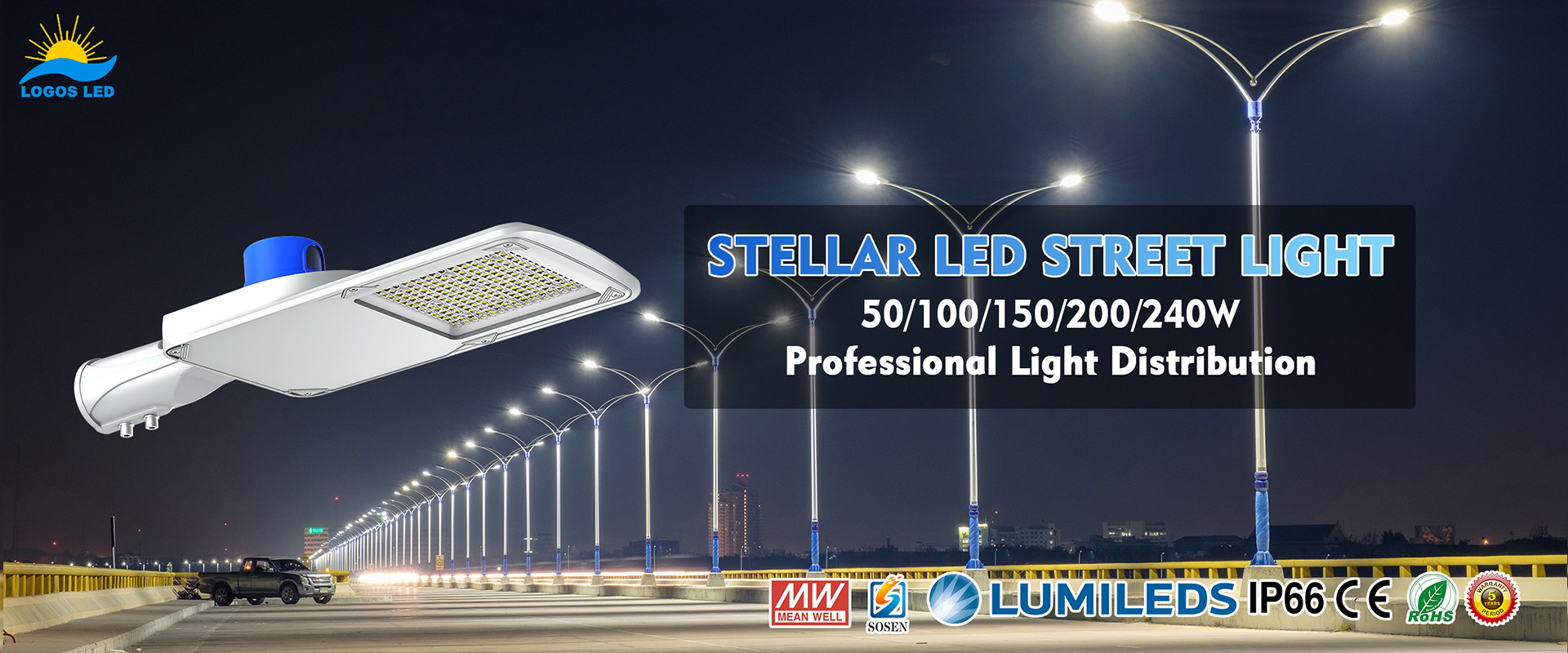
Conclusion
Proper outdoor lighting calculations maximize efficiency, improve safety, and ensure compliance with industry regulations. Using lighting simulation software and applying the right calculation methods allows for better lighting design and lower long-term costs.
If you need expert lighting simulations or premium LED lighting solutions, contact us today! Our team is ready to help you optimize your outdoor lighting projects with precision and efficiency.
Request A Free Quote Now!
Send us a message if you have any questions or request a quote. We will get back to you ASAP!



